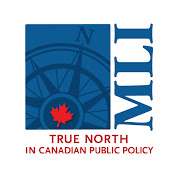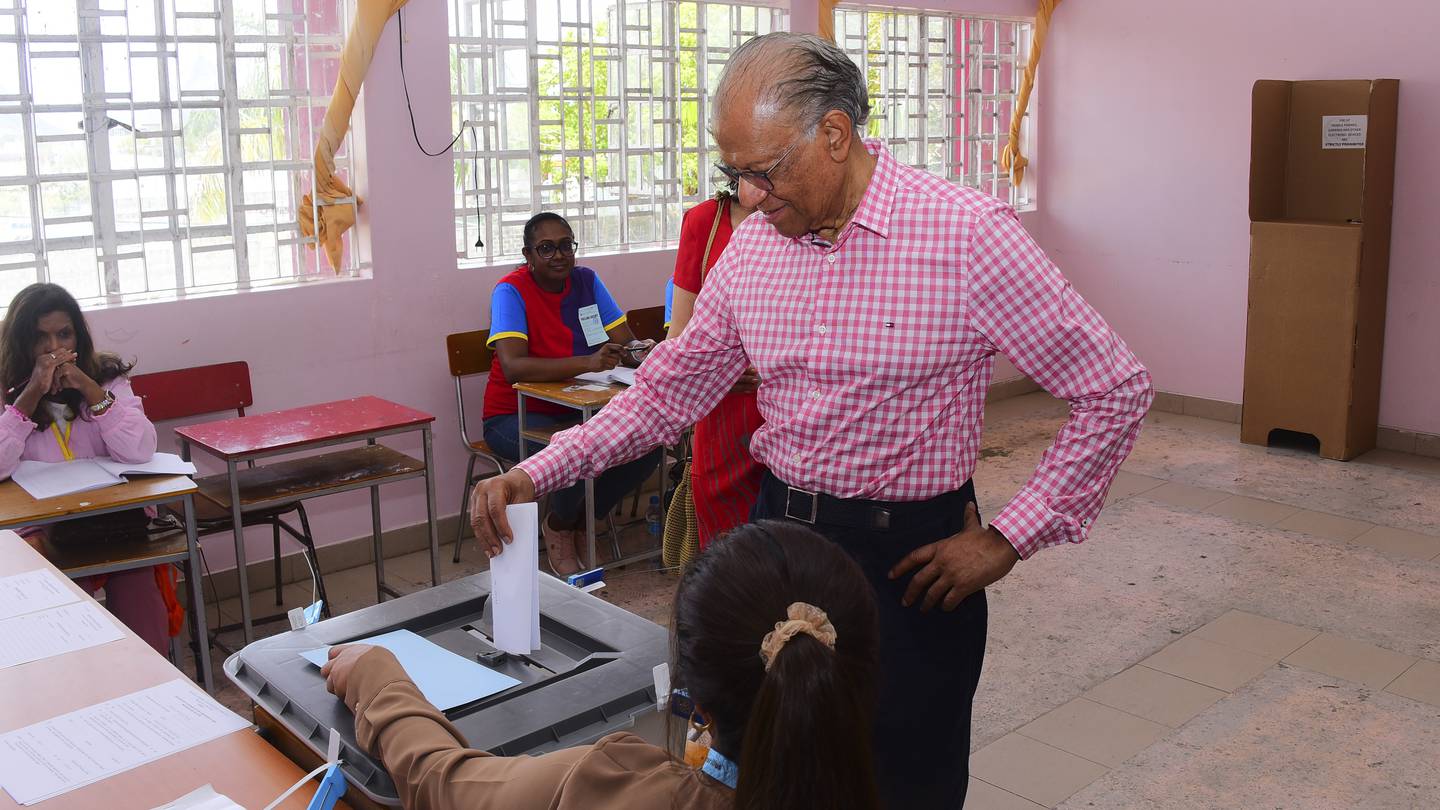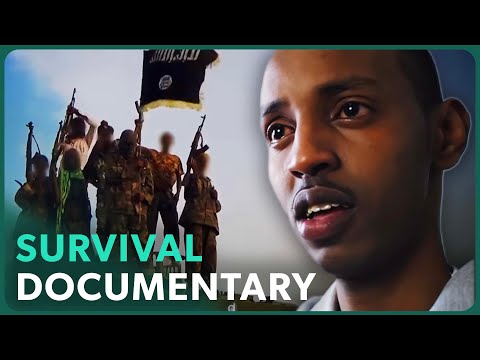This month, we delve into the powerful intersection of community engagement, equity, and ecological restoration as we explore efforts to reconnect the Maple River not only to the Muskegon River, but to its community and rich history. Join us for an enlightening discussion about a transformative fish passage project that prioritizes local voices and historical context in restoration efforts which will reopen approximately 5 stream miles and 300 acres of aquatic habitat.
In this episode, we chat with Dr. Marty Holtgren, Project Coordinator for the Muskegon River Watershed Assembly, and Dr. Caroline Gottschalk Druschke, Vilas Distinguished Achievement Professor in the Department of English at the University of Wisconsin-Madison. Together, they shed light on the complexities of restoring the flow to the Maple River and delve into the historical context of logging interests that have influenced the river’s hydrology since the late 1800s.
Our conversation also highlights the restoration of Manoomin (wild rice), an indigenous keystone species that holds profound cultural significance for Great Lakes tribes and ways this initiative will reduce flooding and create a thriving ecosystem for fish species, reptiles, birds, mussels, and plants.
As we discuss the importance of reconnecting both the river and the community, we uncover how these efforts foster a renewed relationship between the Little River Band of Ottawa Indian Tribe and their ancestral waters. Additionally, we explore the positive conservation and restoration impacts the Bipartisan Infrastructure Law is having on ecosystem restoration, community access, and a landscape-scale approach to conservation through our National Fish Passage Program.
https://www.fws.gov/natures-infrastructure-podcast
The U.S. Fish and Wildlife Service is the oldest federal conservation agency, tracing its lineage back to 1871, and the only agency in the federal government whose primary responsibility is management of fish and wildlife for the American public. The Service helps ensure a healthy environment for people by providing opportunities for Americans to enjoy the outdoors and our shared natural heritage.
We manage the National Wildlife Refuge System with more than 560 National Wildlife Refuges as well as small wetlands and other special management areas encompassing more than 150 million acres. Under the Fisheries program we also operate over 70 National Fish Hatcheries and 65 fishery resource offices. The Ecological Services program has 86 field stations across all 50 states.
The vast majority of fish and wildlife habitat is on non-federal lands. Voluntary habitat protection and restoration programs like the Partners for Fish and Wildlife Program and the Coastal Program and other partnership programs are the primary ways we deliver habitat conservation on public and private lands.
The Service employs approximately 9,000 people at facilities across the U.S. The Service is a decentralized organization with a headquarters office in Washington, D.C., with regional and field offices across the country. Our organizational chart shows structure and also provides information on senior management.











![All-In on the U.S.-Korea Relationship: More Jobs, More Investment, More Prosperity [Video]](https://marketingprohub.com/wp-content/uploads/2024/11/mp_749189_0_GettyImages490088625EDITORIALHaggardUS2BKorea2BRelationshipWebjpg.jpg)

![Scam Companies Flourish Using Breached Data [Video]](https://marketingprohub.com/wp-content/uploads/2024/03/mp_389979_0_scamcompaniesflourishusingbreacheddatashowcaseimage10a24499jpg.jpg)
